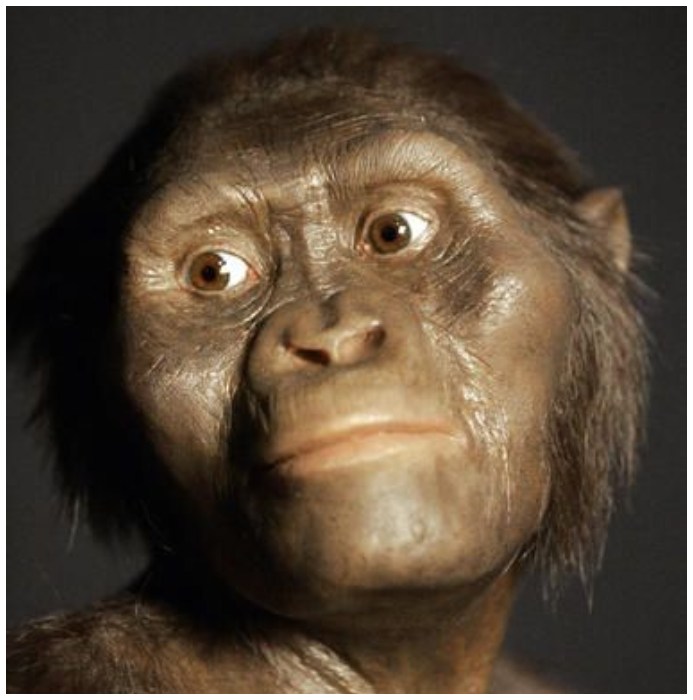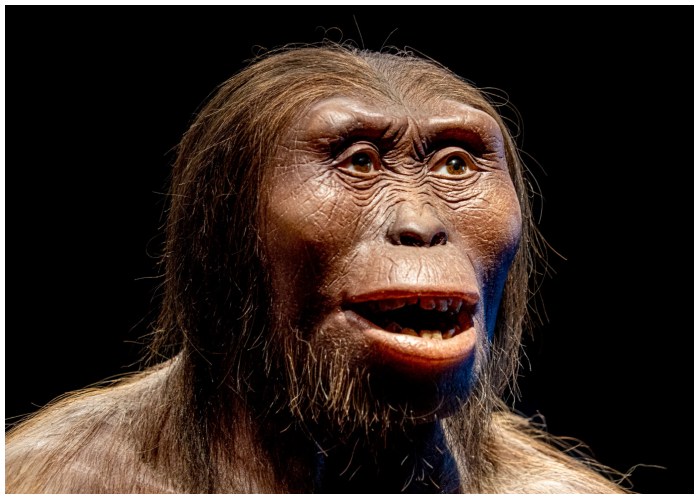The discovery of Lucy, a 3.2-million-year-old Australopithecus afarensis, significantly advanced our understanding of human evolution. Named after a popular Beatles song, Lucy has often been depicted as a hairy, fur-covered ancestor. However, recent technological advancements and genetic analysis suggest that this portrayal might not be accurate. This new evidence opens up intriguing discussions about the history of human nudity and our cultural interpretations of the past. For decades, scientists and artists have imagined Lucy clothed in thick, reddish-brown fur, with only her face, hands, feet, and breasts exposed.
These visualizations have shaped our perception of early humans, but the latest genetic studies challenge these images, suggesting that Lucy might have been mostly hairless. This revelation prompts us to reconsider not only Lucy’s appearance but also how modern culture influences our interpretations of historical figures and events. As we explore these new findings, we gain deeper insights into the complexities of human evolution.

Rethinking Lucy’s Appearance
For decades, Lucy has been visualized with thick, reddish-brown fur covering her body, leaving only her face, hands, feet, and breasts exposed. This common depiction has now been challenged by advancements in genetic research, which indicate that Lucy may have been naked or had much thinner body hair. According to studies on human and lice coevolution, our ancestors lost most of their body fur around 3 to 4 million years ago, long before they started wearing clothes approximately 83,000 to 170,000 years ago. This means that early humans, including Lucy, could have been largely hairless for over 2.5 million years, contradicting the long-held image of a fur-covered ancestor. This revelation forces us to reconsider our visualizations of early humans. The traditional portrayal of Lucy dressed in fur might reflect more about our own cultural biases and assumptions than about historical accuracy. As a result, these findings prompt us to examine how modern interpretations and technological advancements reshape our understanding of human evolution and the appearance of our ancestors.
The Evolution of Nudity and Shame
The loss of body hair in early humans likely resulted from a combination of factors, including thermoregulation, delayed physiological development, attraction of sexual partners, and parasite prevention. These changes also highlight the significant role of the human brain, which requires extensive care and energy to develop and sustain. Evolutionary researchers propose that early humans adopted pair bonding strategies, forming partnerships to manage the prolonged period of child-rearing necessary for brain development.
However, pair bonding introduced social risks, such as the temptation to break monogamous relationships. To secure these social-sexual pacts, mechanisms like shame emerged. Shame helped enforce social norms and encouraged fidelity, which was crucial for raising offspring. This concept of shame surrounding nudity evolved as human societies grew and developed cultural norms and regulations. Over time, nudity became associated with breaking social norms, leading to feelings of vulnerability and shame. Cultural perceptions of nudity have varied greatly across different societies and historical periods. For example, what was considered scandalous in Victorian England might be seen as normal in contemporary settings. This variability underscores the idea that nakedness is not merely a physical state but is heavily influenced by social and cultural contexts.

Lucy in Modern Representations
Despite new evidence suggesting that Lucy may have been largely hairless, she is often depicted in ways that reflect contemporary assumptions about gender and family roles. For instance, images of Lucy frequently show her with a male companion or children, emphasizing traditional notions of motherhood and the nuclear family. These portrayals might reveal more about modern cultural values than about Lucy’s actual appearance and lifestyle. In recent efforts to depict our evolutionary past more accurately, researchers have critiqued previous reconstructions that lacked empirical justification and perpetuated biased misconceptions about human evolution. These critiques aim to challenge outdated and stereotypical depictions of early humans, particularly those that exaggerate features associated with race and gender. A notable example is the marble sculpture “Santa Lucia,” which presents Lucy as a nude figure draped in translucent cloth.